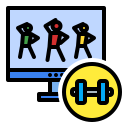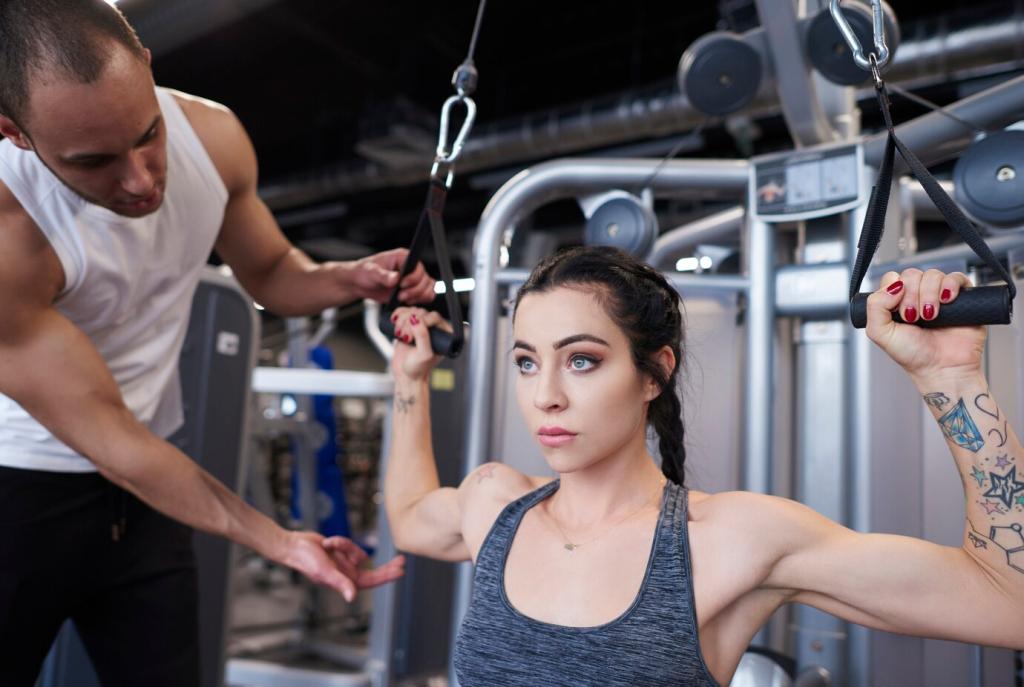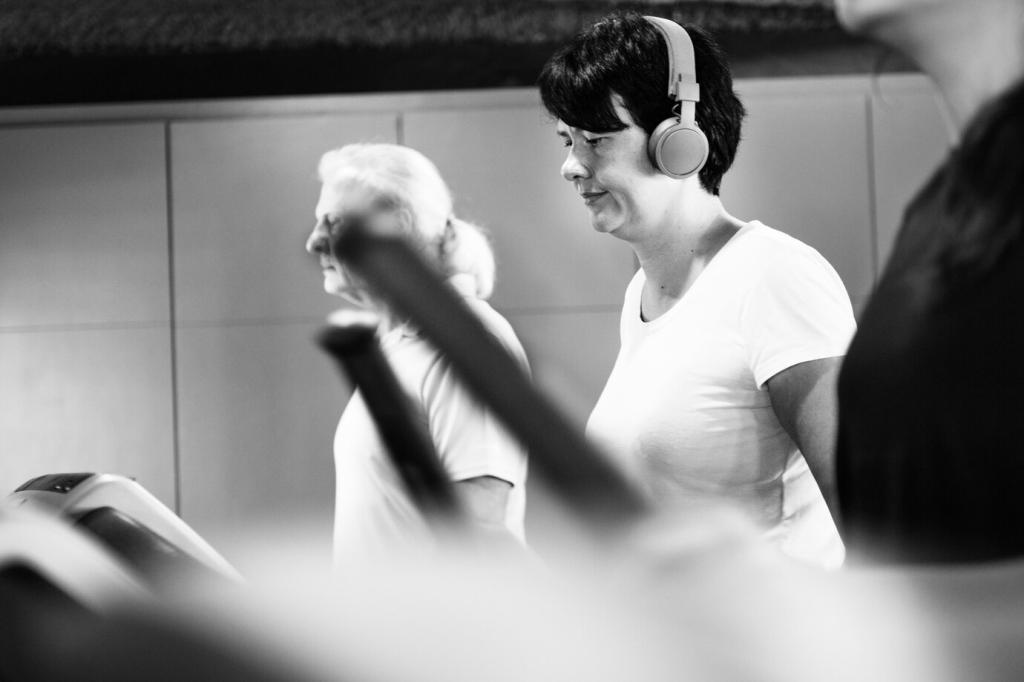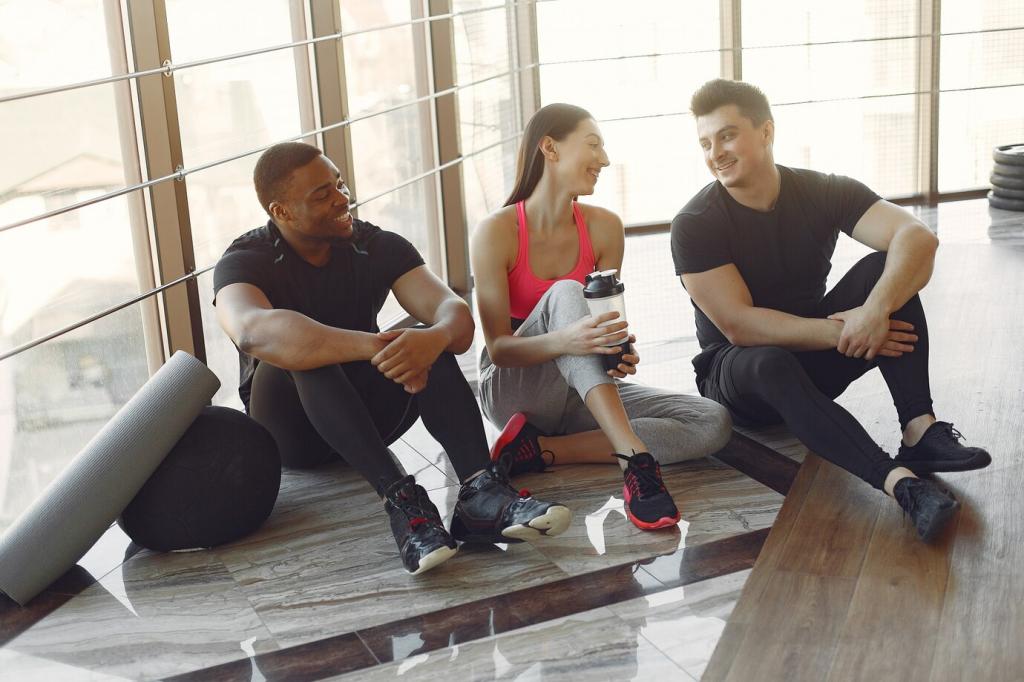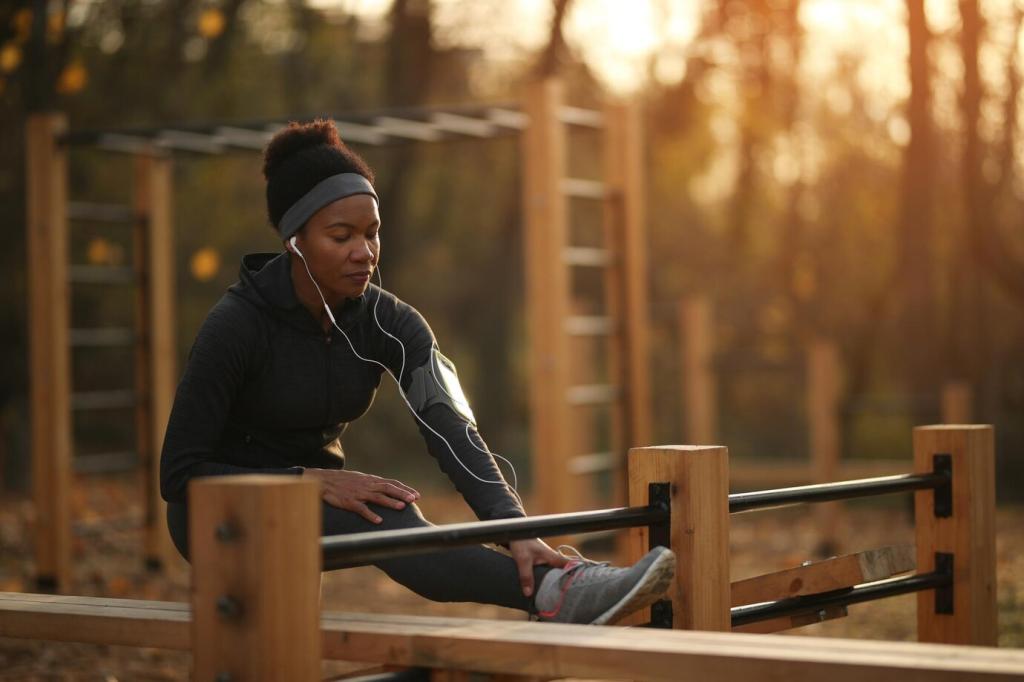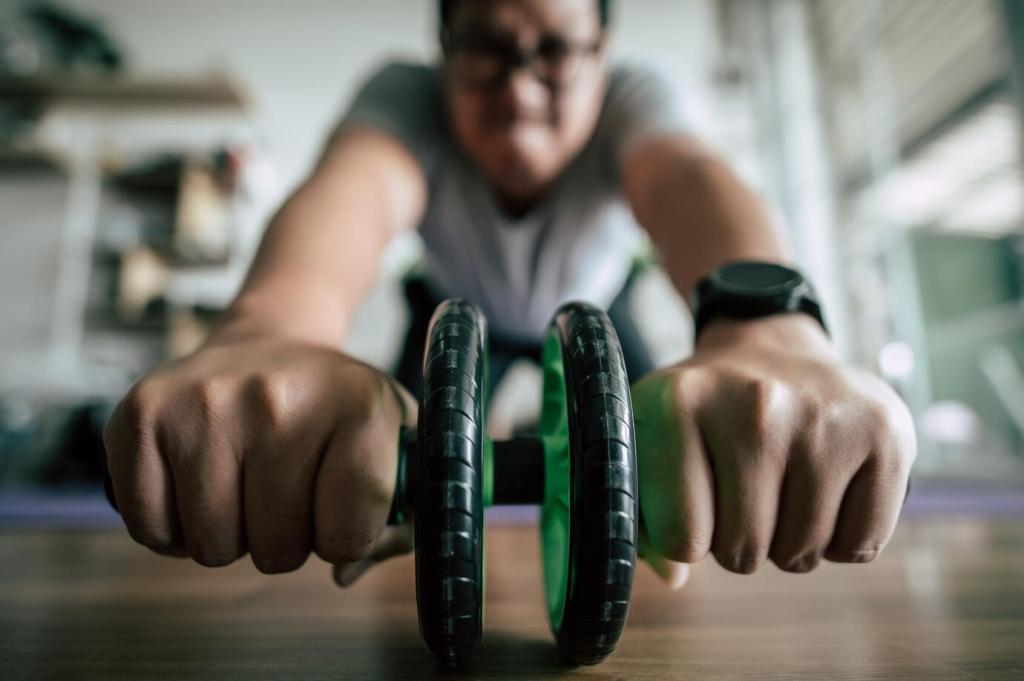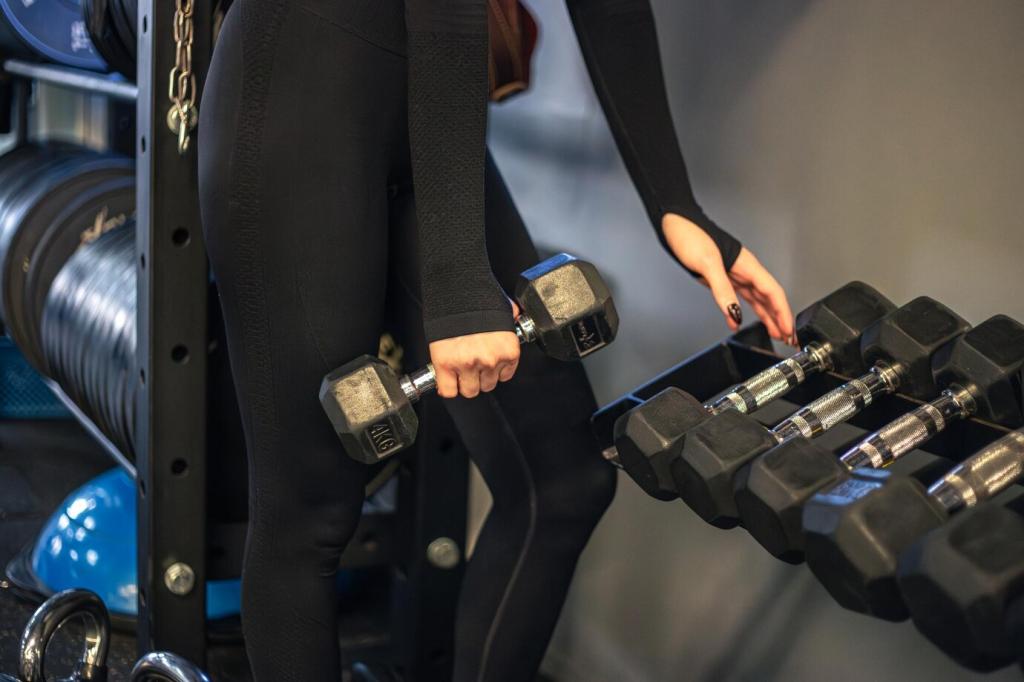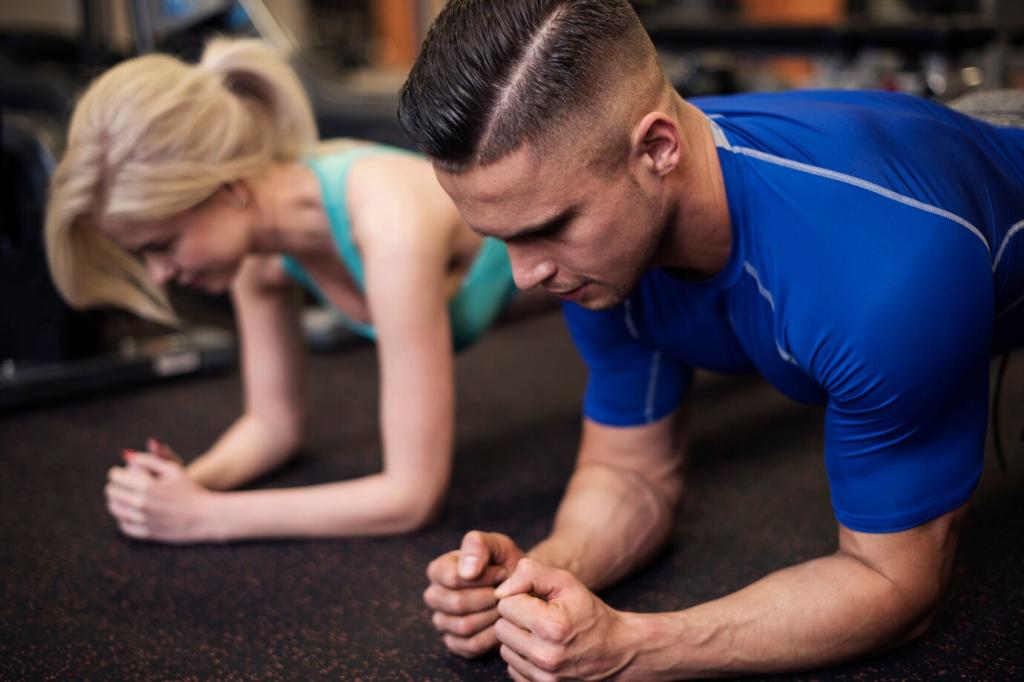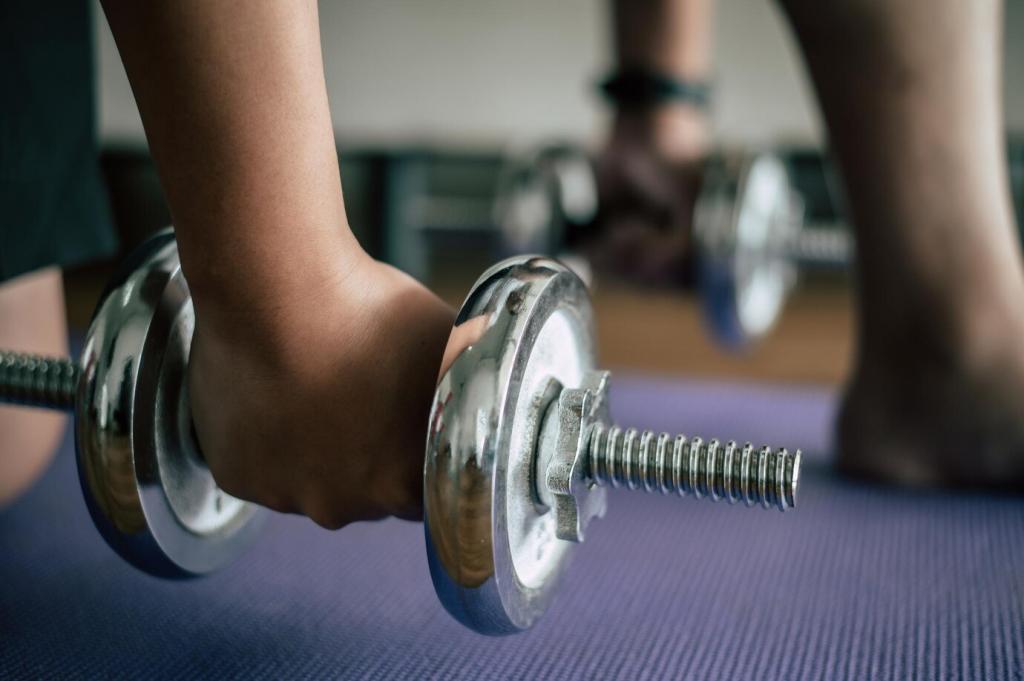Sport-Specific Applications You Can Use This Week
A short sequence of low lunge variations, hamstring flossing, and balance poses steadies the pelvis and frees the hips. Players often notice cleaner first steps, sharper cuts, and fewer groin twinges after consistent work, especially when cold-weather training stiffens tissues and challenges recovery between matches.
Sport-Specific Applications You Can Use This Week
Ankle articulation drills, chair pose pulses, and mindful squat-to-stand patterns refine alignment on jumps and landings. Pairing breath with eccentric control teaches athletes to absorb force evenly, protecting knees during crowded rebounds while preserving springiness for the next fast break opportunity.
